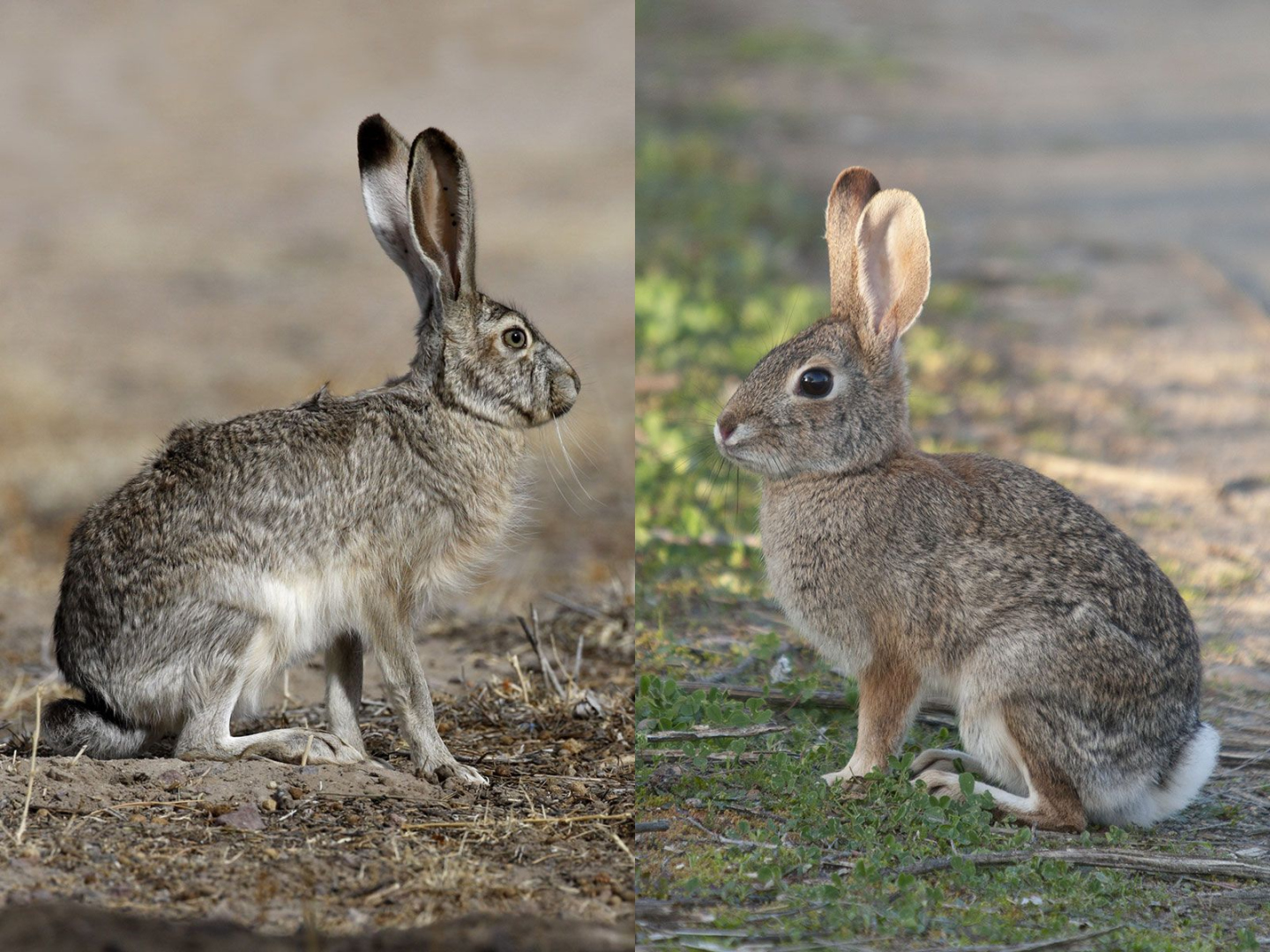Is a Hare a Rabbit?
Many people often confuse hares with rabbits, thinking they are the same creature. While hares and rabbits do bear some similarities, they are actually two distinct species. In this article, we will explore the differences between hares and rabbits, shedding light on their unique characteristics.

Physical Differences
One of the key differences between hares and rabbits lies in their physical appearance. Hares are generally larger and have longer legs compared to rabbits. Hares also tend to have larger and stronger hind legs, enabling them to run faster. On the other hand, rabbits are smaller and possess shorter legs.
Another notable physical difference is in their ears. Hares typically have longer ears with black tips, while rabbits have shorter ears. This distinction is often used as a visual cue to differentiate between the two species.
Habitat and Behavior
The habitat preferences and behavior of hares and rabbits also differ significantly. Hares are known to prefer open spaces such as grasslands and meadows. They build their nests on the ground, commonly referred to as forms which are shallow depressions in the vegetation. Hares are known for their incredible speed and agility, often relying on their strong hind legs to escape predators.
Rabbits, on the other hand, tend to inhabit burrows or underground tunnels. They are more social animals, living in groups called warrens. Rabbits are known for their characteristic hopping gait and are generally less agile compared to hares.
Distinguishing Features
Life Cycle and Reproduction
When it comes to their life cycle and reproduction, there are some notable differences between hares and rabbits. Hares are born fully furred, with their eyes open, and are able to hop within a short period after birth. This adaptation allows them to be more independent and less reliant on their parents for survival.
In contrast, rabbits are born hairless, blind, and helpless. They are completely dependent on their parents for nourishment and protection during the early stages of their life. Rabbits also tend to have more frequent and larger litter compared to hares, as they reproduce at a higher rate.
Feeding Habits
Both hares and rabbits are herbivores, but their feeding habits differ slightly. Hares tend to be more selective in their diet and primarily consume grass, buds, bark, and twigs. They have a more diverse and varied diet compared to rabbits.
Rabbits, on the other hand, are known for their voracious appetite and tend to consume a larger quantity of food. They are less selective and will eat a wide range of vegetation, including grass, shrubs, and even agricultural crops.
FAQs
Can a hare and a rabbit mate?
Yes, hares and rabbits can mate and produce offspring. However, due to their genetic differences, the hybrid offspring, known as hares or bunnies, are generally infertile.
Are hares and rabbits the same species?
No, hares and rabbits belong to different species. They may look similar, but they have distinct physical characteristics and behaviors that set them apart.
Are hares faster than rabbits?
Yes, hares are generally faster than rabbits. Their longer legs and powerful hind limbs allow them to achieve greater speeds, often reaching up to 45 miles per hour.
Can hares and rabbits coexist in the same habitat?
While hares and rabbits may share some habitats, they tend to occupy different niches within the ecosystem. Their different feeding habits and behaviors enable them to coexist without direct competition for resources.
In conclusion, hares and rabbits may appear similar at first glance, but they are distinct species with different physical characteristics, behaviors, and habitat preferences. Their unique adaptations have allowed them to thrive in various environments around the world. It’s fascinating to delve into the subtle differences between these two remarkable creatures and appreciate the diversity of the animal kingdom.
Related Articles…
Copyright Notice:
All images on this website are obtained from the internet and remain copyrighted to their original owners. If you hold copyright to any image and want it taken down, please reach us.